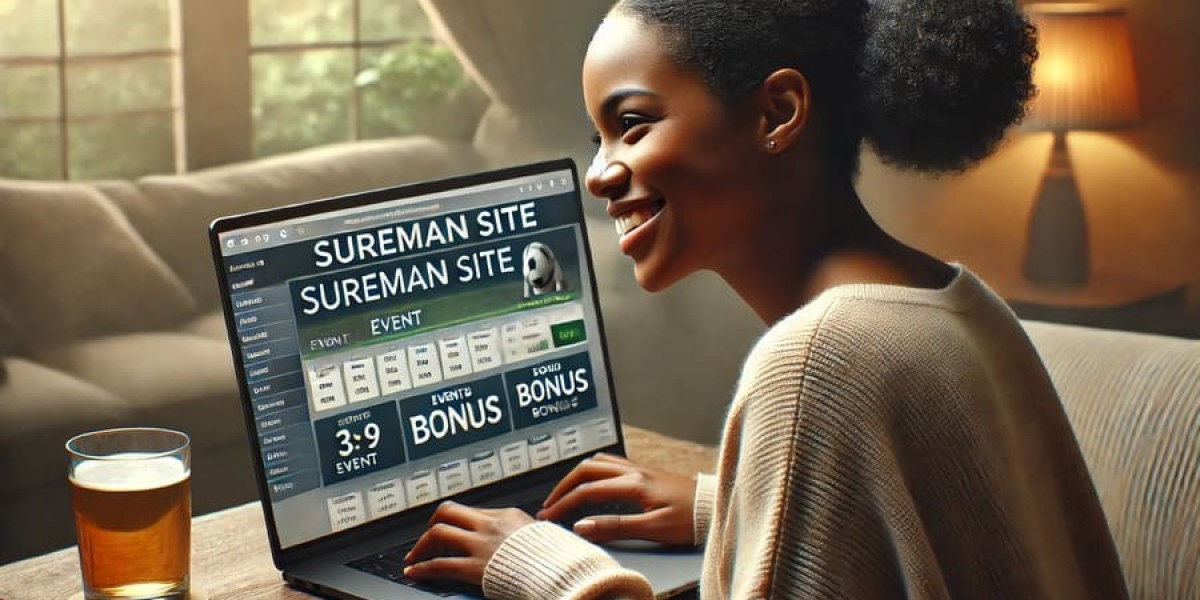Path of Exile 2 achieves a revolutionary leap in combat fluidity through a comprehensive overhaul of its animation systems, skill responsiveness, and mechanical interactions that collectively transform combat from a stat-checking exercise into a dynamic, skill-based engagement. The developers have completely rebuilt the game's technical foundation to support seamless transitions between actions, realistic character movement, and immediate feedback for every player input, creating a combat experience that feels both visceral and responsive in ways the original game never achieved.
The core of this transformation lies in the new animation system that supports true animation blending and cancellation. Unlike the original game where many actions locked players into lengthy animations, Path of Exile 2 allows for fluid interruption and transition between different skills and movements. A character can begin casting a spell, cancel into a dodge roll to avoid an incoming attack, and immediately resume casting from the interrupted point—all without the jarring transitions that previously made combat feel clunky. This technical advancement fundamentally changes combat pacing, enabling a more reactive playstyle where successful players can adapt to changing battlefield conditions in real-time. The system extends to movement abilities as well, with skills like dash and leap slam now blending naturally with attack animations rather than feeling like separate, disconnected actions. This creates a continuous flow where combat and movement become intrinsically linked rather than alternating states.
Complementing the animation overhaul is a completely redesigned hit detection and feedback system that makes every action feel impactful. The game's new engine enables precise hitbox registration that matches visual effects, eliminating the frustration of attacks that appear to connect but miss, or projectiles that visually clear an enemy but fail to register. When attacks do connect, multi-layered feedback systems provide clear confirmation: screen shakes subtly but meaningfully on powerful hits, enemy reactions correspond to the force and type of damage received, and audio design provides distinct cues for different damage types impacting various surfaces. The introduction of hit reactions for monsters means they visibly stagger under heavy blows, get knocked back by explosive impacts, or display elemental status effects through persistent visual changes. This immediate, clear feedback allows players to intuitively understand combat effectiveness without constantly monitoring health bars and damage numbers.
Perhaps the most significant improvement to combat fluidity comes from the complete rework of skill activation and resource management. The separation of skills from gear sockets means players can access their full arsenal of abilities at all times, eliminating the frustrating downtime previously caused by needing to switch weapons for different skill setups. The new resource system provides more predictable and manageable costs for abilities, reducing situations where players suddenly find themselves unable to use core skills. The introduction of short cooldowns on movement abilities rather than strict resource costs ensures players always have access to positioning tools when needed most. Combined with the more intuitive control scheme that allows for quicker skill cycling and the removal of clunky pre-targeting requirements for many abilities, these changes create combat that flows naturally from one action to the next. By addressing both the technical limitations and design constraints that hampered combat fluidity in the original game, poe 2 items delivers an action RPG experience where player skill and quick reflexes are consistently rewarded through smooth, responsive, and deeply satisfying combat encounters.






